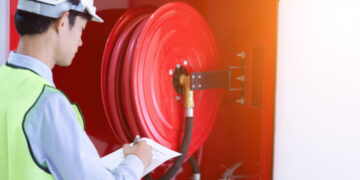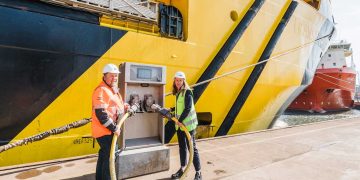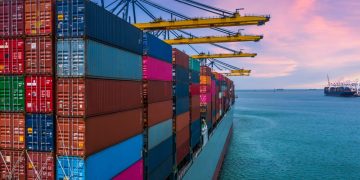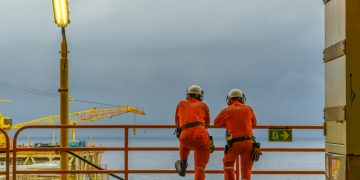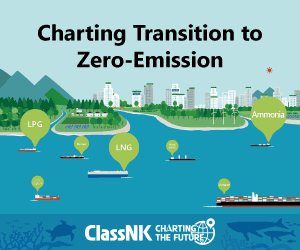Limiting climate change requires sustained GHG reductions
A Synthesis Report has been issued, based on the reports of the three Working Groups of the Intergovernmental Panel on Climate Change (IPCC), including relevant Special Reports. The report provides an integrated view of climate change as the final part of the IPCC’s Fifth Assessment Report (AR5). Human influence on the climate system is clear, and recent anthropogenic emissions of greenhouse gases are the highest in history. Recent climate changes have had widespread impacts on human and natural systems. Observed changes in the climate system Warming of the climate system is unequivocal, and since the 1950s, many of the observed changes are unprecedented over decades to millennia. The atmosphere and ocean have warmed, the amounts of snow and ice have diminished, and sea level has risen. Over the period 1992 to 2011, the Greenland and Antarctic ice sheets have been losing mass (high confidence), likely at a larger rate over 2002 to 2011. Glaciers have continued to shrink almost worldwide (high confidence). Northern Hemisphere spring now cover has continued to decrease in extent. There is high confidence that permafrost temperatures have increased in most regions since the early 1980s in response to increased surface temperature and changing snow cover. The annual mean ...
Read more



















